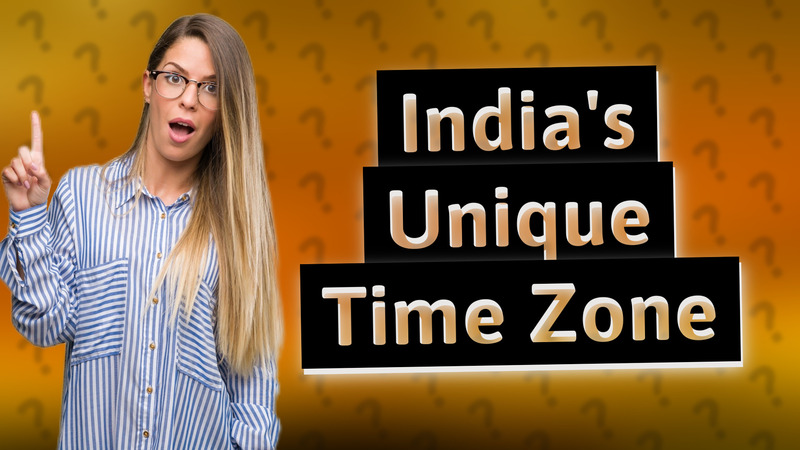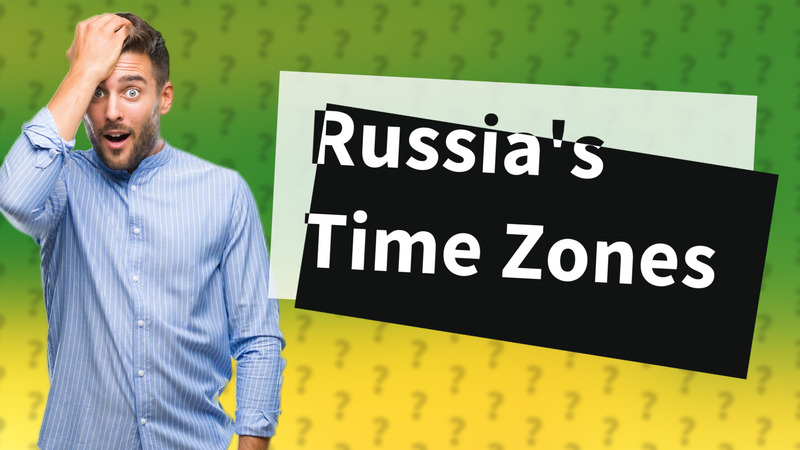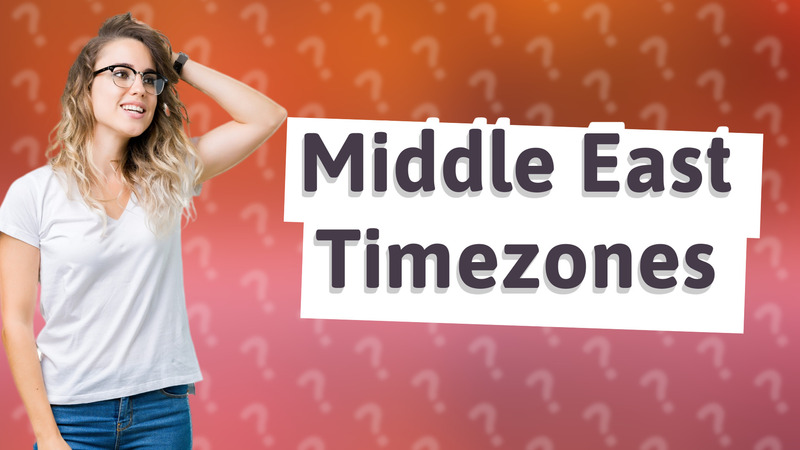
Explore how GPS time achieves an incredible precision of within 10 nanoseconds of UTC, essential for various technologies.

Uncover the accuracy of the Internet clock and its synchronization with atomic time. Learn about network impacts and precision.

Learn how to easily add the UK Clock to your Windows 10 computer with our simple step-by-step instructions.

Explore the significance of January 1, 1970, as the Unix epoch start time, crucial for time calculations in computing.

Discover how the internet synchronizes time using NTP for precise coordination across networks.

Find out the current UTC time in London and learn about its time zone changes throughout the year.

Learn about EST and PST, their differences, and their significance in the U.S. time zone system.

Discover which countries operate 2 hours ahead of Coordinated Universal Time (UTC+2), including South Africa, Egypt, and Greece.

Explore the most precise time source, UTC, maintained by atomic clocks for unparalleled synchronization.

Discover who governs global time standards and the role of UTC and BIPM in timekeeping.

Discover why UTC is considered the most accurate time zone globally and how it impacts timekeeping.

Learn how computers manage time through system clocks and synchronize with UTC for accurate timekeeping.

Discover why 1970 is the key date for computer timekeeping and the Unix Epoch's role in simplifying time calculations.

Discover the most accurate time on Earth with International Atomic Time (TAI) and its relation to Coordinated Universal Time (UTC).

Discover if Qatar is 7 hours ahead of UTC and learn about time differences and scheduling tips.

Discover time zones like UTC-12:00 and UTC+14:00 that exist without any country affiliation.

Learn what Z or Zulu time means and its importance in global time coordination, especially in aviation and military contexts.

Explore how global time synchronization ensures all clocks are accurate using UTC and atomic clocks.

Discover why India follows Indian Standard Time (IST), which is uniquely set at UTC+5:30, ensuring uniformity across its diverse landscape.

Discover why Nepal's UTC+5:45 time zone disrupts international coordination and how to manage it efficiently.

Learn about UTC+14:00, the rarest time zone, and where it is observed, including the unique Line Islands.

Discover the origins of Pakistan Standard Time and its significance in aligning time zones.

Learn about Qatar's time zone and its consistent UTC+3 offset throughout the year, with no daylight saving time.

Explore how Kiribati leads the world into a new day with its UTC+14 time zone, perfect for global communication and planning.

Discover why UTC is the world's standard time zone, crucial for global synchronization and coordination.

Discover which time zones have the maximum difference and how they connect across the globe.

Explore Turkey's time zone, Turkey Time (TRT), and learn if it's ahead of your local time.

Discover the country that leads the world in time zones—Kiribati and its Line Islands at UTC+14.

Learn why GMT was replaced by UTC for precise timekeeping and global synchronization.

Discover the world's largest time gap of 26 hours and its unique locations, including the Line Islands and Baker Islands.

Learn about Helsinki's time zone and daylight saving adjustments for accurate timekeeping.

Learn about the time difference between Qatar and England, including time zones and UTC offsets.

Discover why GMT is being replaced by UTC for more accurate and standardized timekeeping globally.

Explore why India operates on a half-hour time zone (IST) and its significance for national unity and synchronization.

Discover the origins of GMT and its importance in global timekeeping.

Discover which countries share the same time zone as Egypt and learn about time variations due to daylight saving time.

Discover why GMT was renamed to UTC and how it standardizes global timekeeping.

Discover why UTC remains constant year-round, ensuring global synchronization across time zones.

Discover if Baku and Dubai share the same time zone, and learn about their UTC offsets and daylight saving policies.

Explore why Spain runs on CET instead of UTC, tracing back to its historical alignment with Nazi Germany in 1940.

Discover whether Japan is 12 hours ahead and learn about its correct time zone.

Learn how UTC differs from GMT, including precision and usage in scientific contexts.

Discover the truth about GMT and UTC – are they really the same time standard? Learn the key differences here!

Discover why Nepal's time zone is uniquely 15 minutes ahead and what it signifies for national identity.

Learn how to easily convert EST to GMT in this quick tutorial. Perfect for scheduling meetings across time zones.

Discover the world's most precise time measurement, managed by atomic clocks under UTC standards.

Discover France's time zones: Central European Time (CET) and Central European Summer Time (CEST). Learn why UTC isn't used.

Discover how Russia spans multiple time zones and its relationship with UTC offsets.

Explore the differences between UTC and UK time, covering GMT and BST changes.

Discover why China, with a single time zone, leads the world in simplified scheduling and coordination.

Discover why Nepali time is 5 hours 45 minutes ahead of London and how it aligns with local activities and sunlight.

Explore the time zone differences between Japan and Taiwan, and learn why they are not in the same time zone.

Discover if Qatar and East Africa share the same time and learn about their time zones.

Discover the largest timezone by land area, covering parts of China, Mongolia, and more.

Explore the diverse time zones in the Middle East, from UTC+3 to UTC+4. Discover how geography influences these variations.